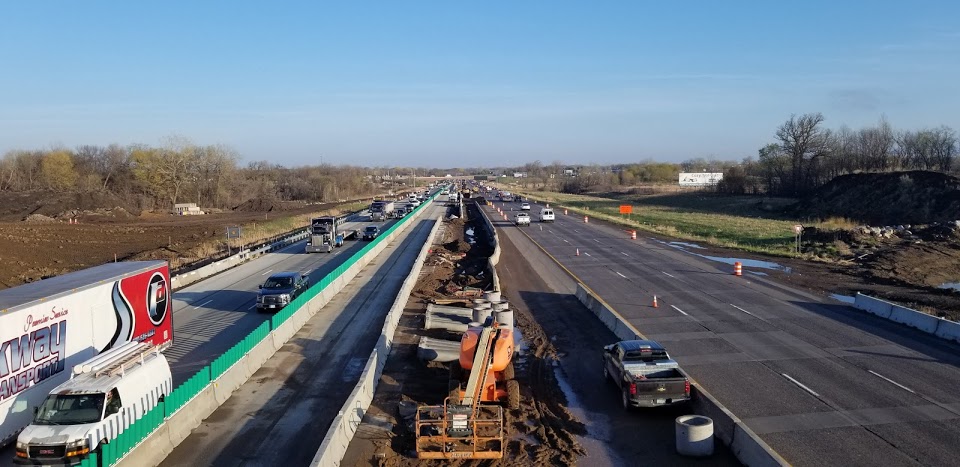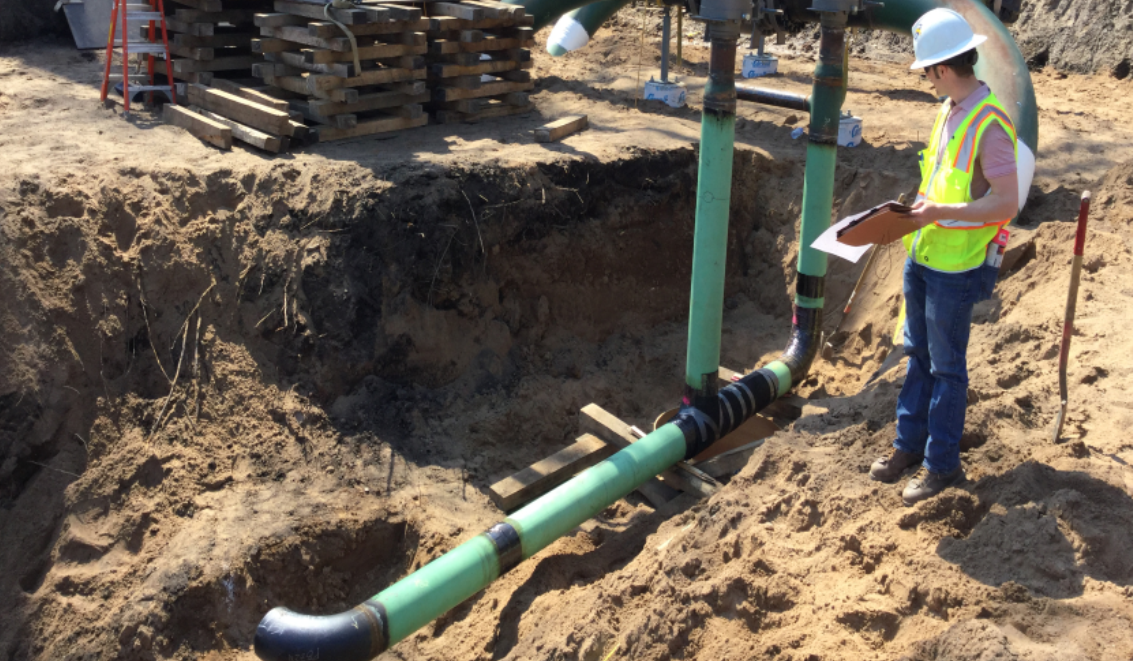
Tips for Safely Maneuvering Construction this Summer
By Jason Daugherty, Director of Safety and Risk Services, WSB
Between the increased number of travelers and the many road construction projects underway this summer, this time of year is one of the most dangerous times to be on the roads. According to the United States Department of Transportation, there were over five million crashes in 2020 alone and as the country moves into a post-pandemic landscape, that number is anticipated to increase.
As a Director of Safety and Risk Services at WSB, it’s my job to ensure that we’re doing everything we can to keep drivers, passengers and road crews safe when moving through a zone where our surveyors and engineers are working, ensuring everything from signage and lights to proper barricading is in order. There are plenty of steps drivers can take to ensure the safety of those around you as you hit the road for summer travel.
Make sure your vehicle can go the distance.
Swimsuit? Check. Sunscreen? Double check. You may have nailed your packing list, but your vehicle needs just as much attention. Make sure your tire pressure and tread are up to par, and that your spare tire is looking good too. Don’t forget to keep a break-down/emergency kit handy as well. This includes a jack and tools for any flats or blow outs that may occur.
Plan ahead.
Knowing whether there is road construction on your route is important. Check with your local Department of Transportation or city website for project updates, detours and road closures in your travel area.
Stay alert.
Don’t count on coffee to keep you vigilant while driving. You may be itching to get to your destination, but make sure you take regular breaks and get at least eight hours of sleep before hitting the road.
Adjust your speed.
Speed is the number one cause of accidents and fatalities in construction zones. Move over for parked emergency or maintenance vehicles, and slow down to 20-miles-per-hour when passing.
Practice defensive driving.
It may take a bit of a driver’s ed refresh, but defensive driving is key. Accidents in construction zones are often a result of drivers having little or no reaction time, leading to rear-end collisions. Avoid distractions, cell phones, passengers, or anything that is taking your attention away from the road. Allow plenty of stopping distance between your vehicle and the vehicle in front of you, a minimum of two car lengths.
Do NOT drive impaired.
It seems obvious but driving while under the influence is a leading cause of death in construction zones, second only to speed. If you choose to indulge, be sure to have a designated driver.
As we all look forward to summer travel, keep these tips in mind. This simple list could be the difference between getting to your destination safely, and not getting there at all.

Jason Daugherty is the Director of Safety and Risk Services at WSB and has been a safety specialist and safety manager for over 20 years in construction, pipeline, aviation, DOT, environmental, and incident/accident investigation. Jason served as the emergency response officer/safety specialist for the State of New Mexico responding to, supervising, investigation and remediating incidents related to Occupational Safety and Health.
[email protected] | 612.352.8455


